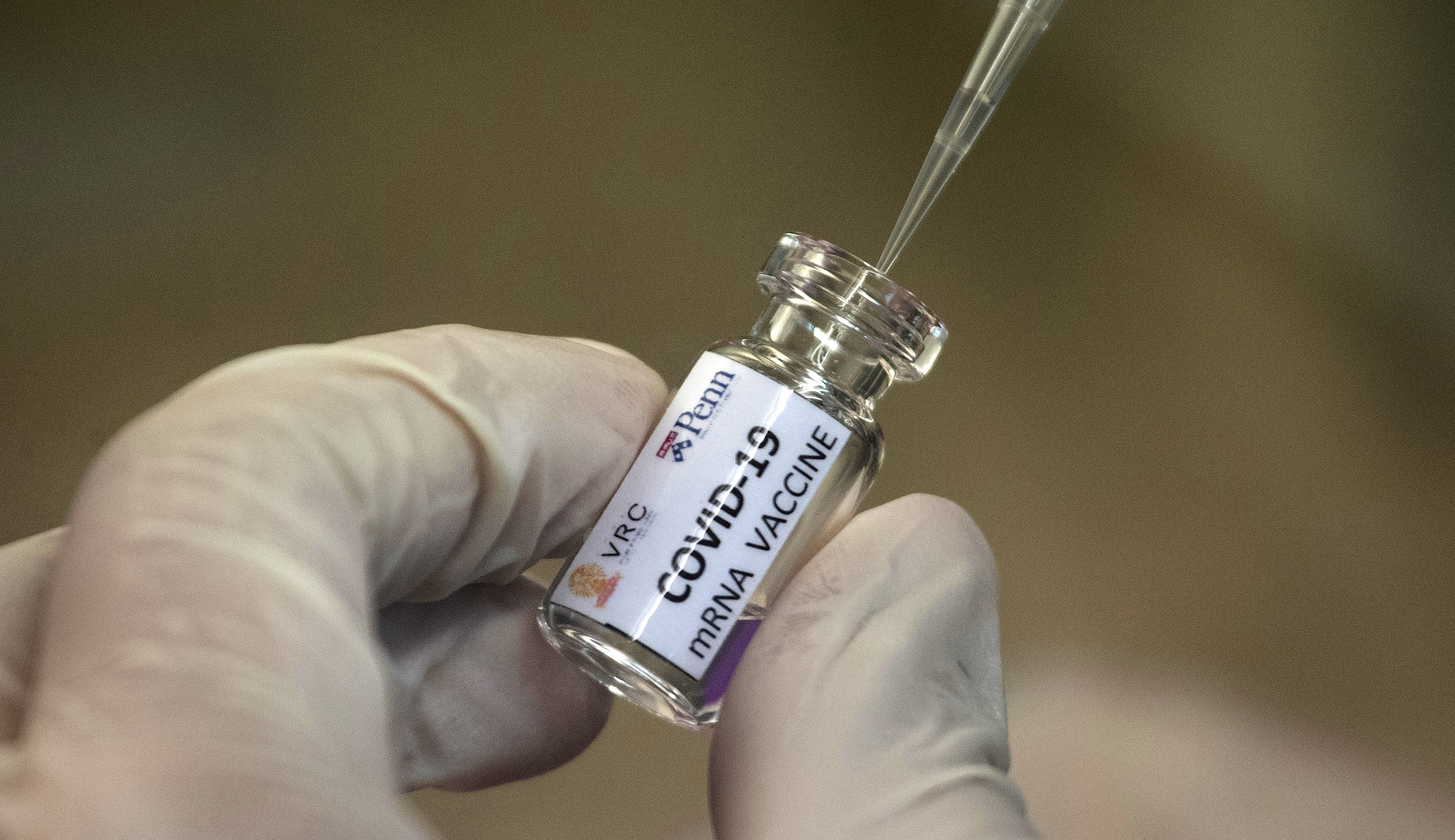The White House spelled out the urgency of hurrying through a COVID-19 relief bill on Monday, warning that U.S. citizens faced an “unemployment insurance cliff” in March when current funding would run out.
In her daily briefing, press secretary Jen Psaki intensified pressure on Congress to get a deal done as soon as possible.
“There needs to be progress in the next couple of weeks,” she said.
She was speaking after Republicans and some Democrats pushed back on the size of President Biden’s $1.9 trillion relief proposal. The matter is one of the new president’s highest priorities as he deals with a crisis that has cost more than 400,000 lives.
Some have expressed concern about the plan to send $1,400 checks to most people, even those with fairly high incomes, and increase the minimum wage to $15.
With Democrats having the thinnest of grips on the Senate, bipartisan buy-in is needed to speed the bill’s progress. Supplemental payments of $300 to all recipients of unemployment benefits are expected to end on March 14.
The bill is expected to reach the House floor in the first week of February.
“We are all mindful and looking at that timeline in March as to when we will hit the unemployment cliff, and it’s it’s vital to get things done quickly and rapidly as quickly as possible,” said Psaki.

She also announced that the White House would return to holding regular coronavirus briefings — largely abandoned by the Trump White House as it turned its focus to reelection last year. They will begin on Wednesday.
“These will be science-led briefings featuring our public health officials and members of our COVID-19 response team,” she said.
She was also asked about supplies of coronavirus vaccine, a day after the director of the Centers for Disease Control and Prevention revealed the federal government did not know how many doses were in circulation.
Psaki was forced to admit that the administration was still trying to establish how much vaccine had been manufactured, shipped, and administered.
“The confusion around this issue — which we acknowledge, there is some confusion — speaks to a larger problem, which is what we’re inheriting from the prior administration, which is much worse than we could have imagined,” she said.
It underlines the challenge facing an administration that has promised to administer 100 million inoculations within its first 100 days.

